Maximizing Your Display Garden
Display gardens are not new to our industry. Whether they come in the form of a border garden along the roadside, a 200-sq.ft. plot in a high traffic area of the property, or a 5-acre showcase, display gardens are now widely used in garden centers across the country. In fact, in the last couple of years garden centers have stopped asking, “Should we plant a display garden” and started asking, “What kind of display gardens do we need?”
Display gardens give customers ideas; they show how to use certain plant material and what the particular plants will look like at maturity. Display gardens can be a great way to generate interest in a seldom-used plant or to suggest new uses for an old favorite whose sales have started to lag.
A good display garden will replicate the look of an actual backyard, incorporating all kinds of plant material and a focal point such as a fountain or statue. Themed gardens e.g., shade, butterfly and water gardens are among the most popular with consumers because they actually solve a problem instead of just creating a visual.
All this makes logical sense, right? But how can you really know if that precious square footage you’ve devoted to display gardens is paying off? How can you be sure that the ideas you present are actually translating into sales?
New ideas can often be a difficult sale. Customers know that achieving a certain look might be challenging. They know that from your display to their landscape can seem like a long distance wrought with incorrect variety selection, insufficient product purchases and incorrect placement. With an inexpensive handout, you can calm all these fears and make even the most inexperienced gardener believe the project is within her reach.
Creating a Schematic
The easy key to customer success with display gardens is a schematic a visual rendering of your display garden’s design. We have all seen these in gardening books and magazines, and so have your customers.
Basic schematics are hand-drawn representations of your garden, often with Á small circles indicating where each plant is placed and a number/letter system referring to a list of plant names for identification. However, any basic computer program can now give you the option to electronically recreate your schematic for a neater appearance. I recommend you take the time for this extra step, as it will make your schematic look more professional and be easier to read.
If your garden is well established, you’ll need to do a bit of detective work to get an accurate accounting of what each plant is and where it’s placed. Someone on staff should be able to help crawl through the garden and identify plants. If not, a local master gardener or university extension agent might be the answer, and any plant that can’t be identified can always be replaced. If it’s been planted so long that nobody recognizes it, your garden probably needs updating anyway.
If you’re planting a new display garden, which experts recommend doing on a regular basis, making a schematic is easy. In fact, you probably already have one to show you how to plant the beds.
Adding on
So now that you understand the basics of schematics, let’s talk about an addition you can make that will really help increase sales: a shopping list. A basic schematic is simply a rendering of the garden’s design with a list of the plants contained in the garden. A shopping list will take your schematic one step further by actually listing how many of each plant needs to be purchased and what size each plant needs to be.
The shopping list should contain each variety used in the garden, including the genus/species, common name and variety name, with an indication of how many of each plant are needed for the garden (see list, page 62 for an example). You should also leave space for notes beside each plant, and if the sales person has any success tips for plants on the shopping list the customer will have a ready place to write them.
Including a shopping list with your schematic might seem a bit redundant; after all, you already have a listing of the plants. But what if the customer counts incorrectly and buys three 1-gal. coreopsis instead of five? Do you think they’ll come back to the garden center for it later that afternoon? They may just leave that plant out, and you’ll be out of a $5-10 sale.
So don’t forget the shopping list. It does help customers get the right quantity of each item, and they can probably use the extra confidence having a list will create.
Implementing the Mannequin
If you really want to maximize your sales potential from display gardens, there’s one last step you can take: creating a mannequin. Yes, a mannequin, just like in clothing stores. This is a great concept that was actually borrowed from the clothing industry, and I wish I could take credit for it. It comes from garden center consultant Judy Sharpton of Growing Places Marketing, Atlanta, Ga.
Judy’s concept is that garden centers need to follow the model, pardon the pun, that has already been created by clothing stores and merchandise our product using mannequins. In this case, the display garden would be the mannequin; it is the complete product trees, perennials, annuals and accents laid out before the customer, taking away any guesswork and giving them an instant idea of what items will work together. We also now have a good schematic to tell the customer what to buy; all we need is actual product to buy.
Think again about clothing stores. Do you have to run all over the store picking up a shirt here, belt over there and socks somewhere else to create the look? No. Everything is right there displayed with the mannequin. We can do the same thing in the garden center. Any time you create a display garden, set a bench or two next to it containing the items, in the correct size, to fulfill the shopping list that will create the garden.
Today’s hurried and stressed customer does not want to walk all the way to the back of the store to get a Japanese maple, over to perennials to get a few pots, back through annuals to pick up the bedding plants and in through birding to get a birdbath. She wants to have everything right there, and if we take a few simple pointers from other industries, we can give it to her, increasing sales all the while.


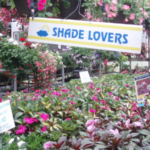



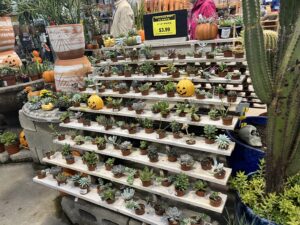




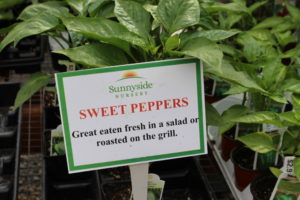
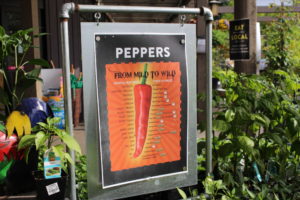
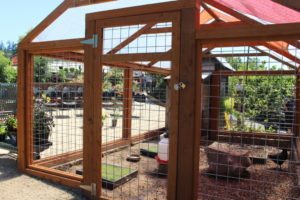
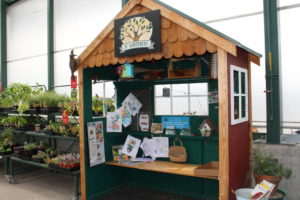
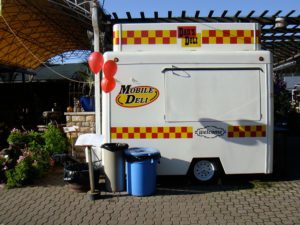
 Videos
Videos





